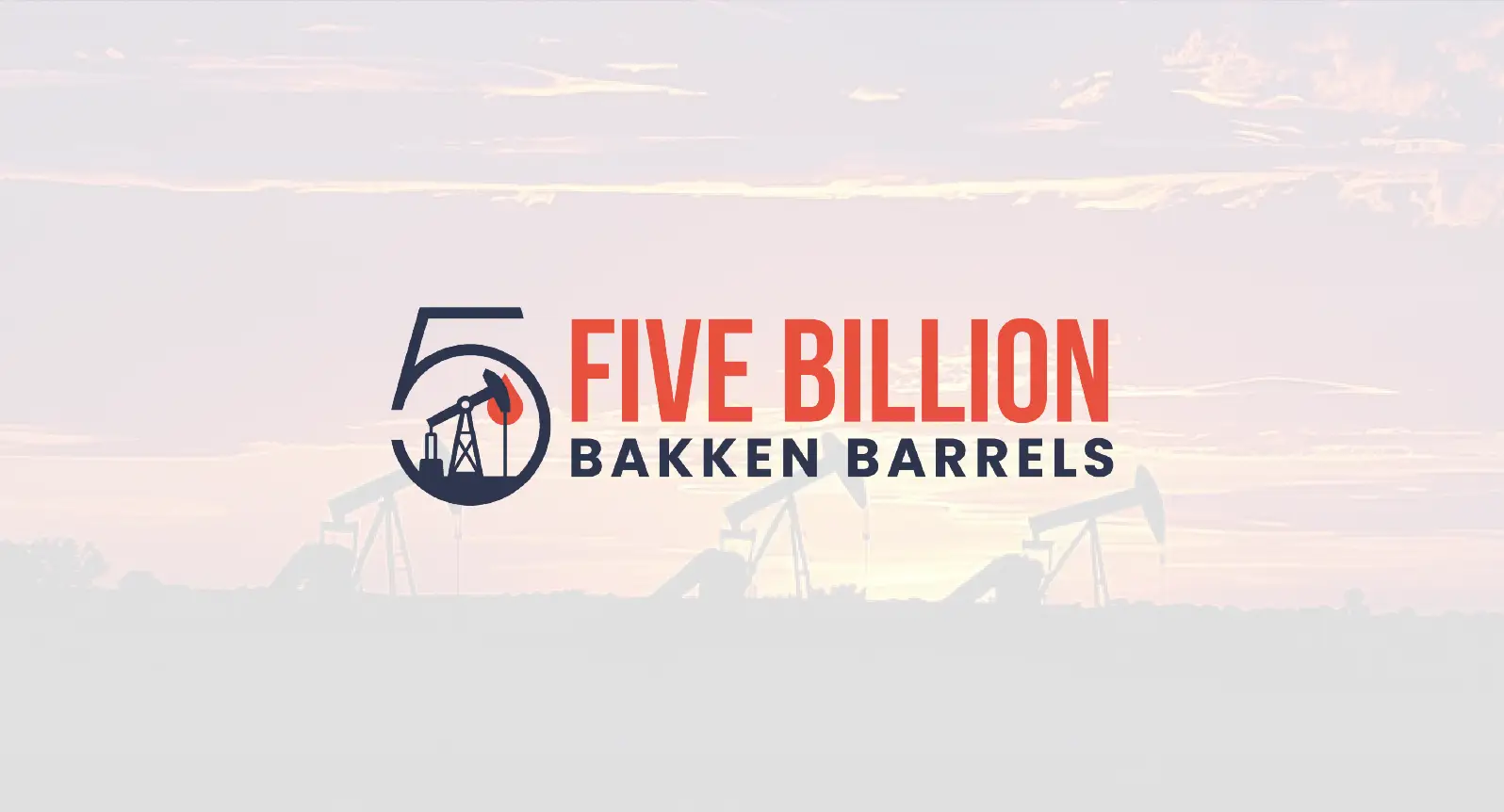5 Billion Bakken Barrels | North Dakota’s Historical Milestone

North Dakota is on the verge of an unprecedented milestone, set to reach a cumulative total of 5 billion barrels of Bakken oil extracted by the end of the summer. This milestone is not merely a figure; it represents a significant marker in the history of energy production, symbolizing the rich resources of the Bakken Formation and the culmination of decades of relentless innovation, determination, and hard work. It prompts us to reflect on the journey that has brought us to this pivotal moment in the history of the Bakken, a journey marked by technological leaps, economic transformations, and the ongoing dialogue between human progress and environmental stewardship.
History of the Bakken
The narrative of the Bakken Formation’s discovery and development is a fascinating chapter in the annals of North American geology and the global energy sector. Unveiled to the world in the mid-20th century, the Bakken was initially cataloged as a mere geological curiosity among the vast and varied terrain of the continent. Its true potential, however, lies hidden, masked by the complexities of its geological structure and the limitations of contemporary extraction technologies.
The initial exploratory drillings in the area served as a beacon, hinting at the untapped reserves beneath. These early endeavors into the heart of the Bakken provided a glimpse into the vast potential that awaited the right combination of technological innovation and bold vision. Yet, for decades, the full promise of the Bakken remained just out of reach, as the existing extraction methods were inadequate to economically or effectively tap into the dense, tightly packed resources that lay deep within its shale formations.
Technological Breakthroughs Of Oil Extraction In The Bakken
The turning point in the Bakken’s history arrived with the convergence of two pioneering technologies: hydraulic fracturing and horizontal drilling. Hydraulic fracturing, or fracking, involves injecting high-pressure fluid into the rock layer to create fractures through which oil and gas can be extracted more easily. Horizontal drilling, on the other hand, allows for a more precise targeting of oil-rich zones, significantly increasing the efficiency and yield of extraction operations.
The synergy of these technologies in the late 20th and early 21st centuries heralded a new dawn for the Bakken. What was once a daunting challenge became a beacon of opportunity, as these methods unlocked the vast reserves that had lain dormant beneath the North Dakota and Montana landscapes. This breakthrough was not just a triumph of engineering; it was a testament to the relentless pursuit of innovation that defines the energy industry.
The evolution of the Bakken from an overlooked geological feature to a cornerstone of North American oil production is a story of visionaries, scientists, and engineers who pushed the boundaries of what was thought possible. Their efforts have transformed the economic landscape of the region and have had a profound impact on global oil markets. The Bakken’s journey from obscurity to prominence is a compelling reminder of the untapped potential that lies beneath our feet, waiting for the right moment and the right minds to be revealed.

Economic and Social Impact Of Oil Production In The Bakken
The surge in oil production within the Bakken Formation has catalyzed profound economic and social changes, not only in North Dakota and Montana but also across the United States. The unprecedented boom in oil extraction, driven by the advent of hydraulic fracturing and horizontal drilling, transformed these once-quiet regions into bustling centers of economic activity, drawing attention from around the globe.
Economic Renaissance
The economic impact of the Bakken boom can hardly be overstated. Beyond merely increasing oil production, it sparked an economic renaissance in the region. North Dakota, traditionally reliant on agriculture and small-scale industries, suddenly found itself among the leading oil-producing states in the country. This transformation led to a surge in employment opportunities, not just in direct oil extraction and related services, but also across various sectors including construction, retail, and hospitality, due to the influx of workers and their families to the area.
The wealth generated from the oil boom resulted in increased tax revenues for state and local governments, funds that have been instrumental in developing infrastructure, schools, and public services to accommodate the growing population. Towns and cities in the Bakken region experienced rapid growth. New businesses opening to cater to the expanding community and increasing demand for housing driving construction booms.
Social Transformations and Challenges
However, this economic windfall came with its own set of social challenges for North Dakota. The rapid influx of workers from across the country and beyond led to a strain on local resources, including housing, water supply, and public services. Housing shortages became common, with rents skyrocketing, making it difficult for long-term residents and new arrivals alike.
Moreover, the sudden demographic shifts brought about by the boom created social tensions, as communities adjusted to the new realities of life in a boomtown. Issues such as increased traffic, overburdened healthcare services, and rising crime rates in some areas posed significant challenges to local governments and communities.
The social fabric of these regions underwent significant changes, with the boom attracting a diverse workforce and creating a melting pot of cultures and backgrounds. While this diversity brought vitality and new perspectives, it also required communities to adapt and integrate in ways they had not anticipated.
Navigating the Future
The economic and social impact of the Bakken oil boom underscores the complex interplay between prosperity and the challenges that accompany rapid industrial and demographic change. As the region continues to navigate its future, balancing growth with sustainability and community well-being remains a central concern. Efforts to address housing shortages, invest in public infrastructure, and foster community cohesion are ongoing, as the region seeks to sustain its economic momentum while ensuring the welfare of its residents and the integrity of its social fabric.
Environmental Considerations
The narrative of the Bakken’s rise is also a story of environmental and social responsibility. The very technologies that facilitated its explosive growth also ignited vigorous debates around the environmental impacts of oil extraction, including land use, water consumption, and the effects on local ecosystems and communities. The illuminated oil rigs, while symbols of economic success, also serve as stark reminders of the environmental footprints associated with such rapid industrialization, prompting ongoing discussions about sustainable practices and the balance between energy development and ecological preservation.
Nearing The 5 Billion Barrel Mark
As the Bakken Formation nears the milestone of extracting its 5-billionth barrel of oil, a landmark that State Department of Mineral Resources Director Lynn Helms confirmed is expected to be reached within the next month, it embodies the remarkable achievements of human ingenuity in harnessing the natural resources of our planet. This achievement encapsulates the journey of innovation, challenges, and transformation that has defined Bakken’s role in the global energy sector.
Yet, this milestone also serves as a moment of reflection on the broader implications of our energy choices and the imperative for sustainable development. Looking ahead, the future of the Bakken is unwritten, promising new challenges and opportunities. If history serves as a guide, the enduring spirit of innovation and adaptability that has marked Bakken’s past is likely to continue influencing its trajectory, shaping its role in an evolving global energy landscape marked by an increasing emphasis on sustainability and environmental stewardship.